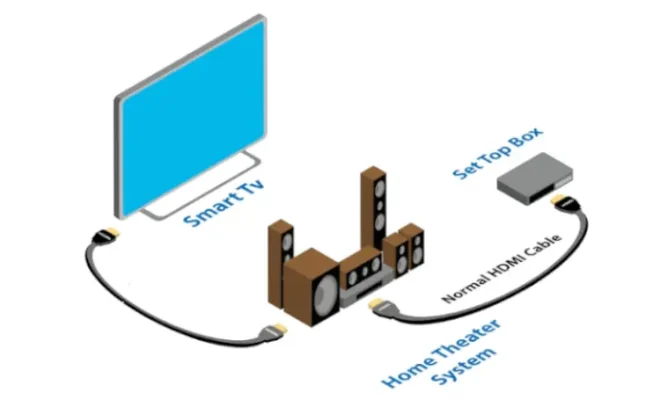What Is HDMI-CEC and What Does It Do?

What Is HDMI-CEC and What Does It Do?
HDMI-CEC is short for High-Definition Multimedia Interface – Consumer Electronics Control, a feature that’s been available on most HDMI-equipped devices since HDMI 1.3 was released in 2006. Essentially, it’s a feature that allows devices connected via HDMI to “talk” to each other and control each other’s basic functions.
In other words, if you have a TV, a Blu-ray player, and a soundbar all connected to each other via HDMI cables, HDMI-CEC allows you to control all three with just one remote, as long as they all support the HDMI-CEC protocol.
HDMI-CEC is a powerful tool for simplifying your home theatre setup and reducing the number of remotes you need to use. Instead of switching between remotes to turn on your TV and DVD player and adjust the volume on your soundbar, you can do it all with one remote.
But HDMI-CEC isn’t just about convenience. It can also enhance your viewing experience in other ways. For example, when you turn on your TV, HDMI-CEC can automatically turn on your soundbar or home theatre system and switch to the correct input. Or when you start playing a Blu-ray or streaming a movie, HDMI-CEC can adjust your TV’s picture settings for the best possible viewing experience.
Of course, not all devices support HDMI-CEC, and even those that do may use different names for it depending on the manufacturer. Some common names for the feature include Anynet+, Bravia Link, Simplink, and Viera Link.
To use HDMI-CEC, you’ll need an HDMI cable and devices that support the feature. You’ll also need to activate it in your device settings, which may require some digging around in menus and settings.




